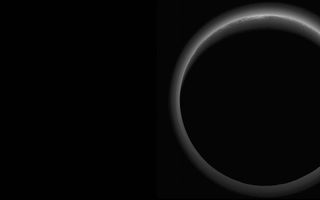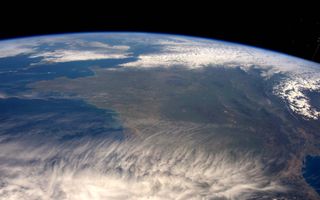Wallpapers
Latest Wallpapers
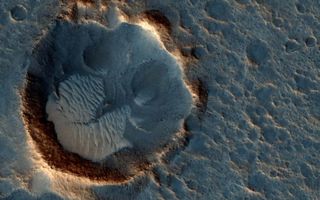
Acidalia Planitia — Fact Meets Fiction | Space Wallpaper
By Space.com Staff published
In Spring 2015, images of the Acidalia Planitia region of Mars captured by the HiRISe camera, giving writers of "The Martian" inspiration for their big screen adventure to the Red Planet.
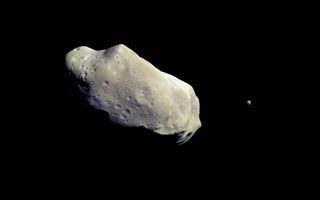
An Asteroid and Its Moon | Space Wallpaper
By Space.com Staff published
In the mid-1990s, the Galileo spacecraft, on its way to the Jupiter system, captured this mind-blowing image of asteroid 243 Ida and its moon, Dactyl.
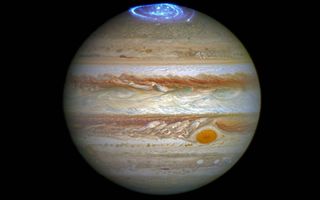
Dazzling Lights Crown Jupiter | Space Wallpaper
By Space.com Staff published
Just like Earth, Jupiter's magnetic field channels charged solar particles to the poles which creates brilliant light shows called aurorae.
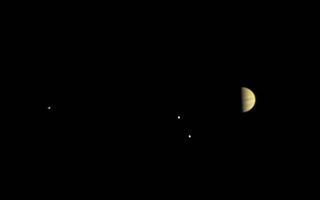
Juno Spies Jupiter, and More | Space Wallpaper
By Space.com Staff published
Almost 4 million miles in the distance, Jupiter, the Great Red Spot and three of the Jovian moons wait patiently for Juno to arrive.
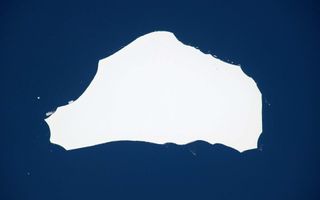
Ancient Ice Spied from the ISS | Space Wallpaper
By Space.com Staff published
During his six-month mission aboard the International Space Station, ESA astronaut Tim Peake captured a photo of a large iceberg from the Weddell Sea.
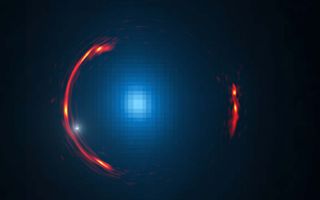
An Intriguing Cosmic Distortion | Space Wallpaper
By Space.com Staff published
Deep in space Einstein's theory is proven right again with this image of two galaxies forming an Einstein Ring.
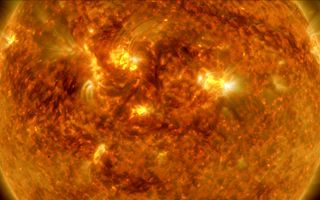
Once in a Long While | Space Wallaper
By Space.com Staff published
Across a 100 year time frame, Mercury passes between Earth and our Sun only 13 or so times.
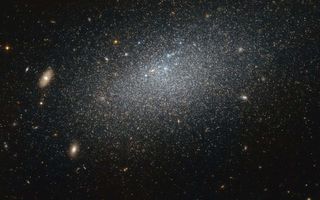
Peculiar Outlier Galaxy Offers Unique Laboratory | Space Wallpaper
By Space.com Staff published
UGC 4879 lies 2.3 million light-years from its closest neighbor, offering a rare opportunity for astronomers to study star formation untouched by interactions with other galaxies.
Breaking space news, the latest updates on rocket launches, skywatching events and more!
